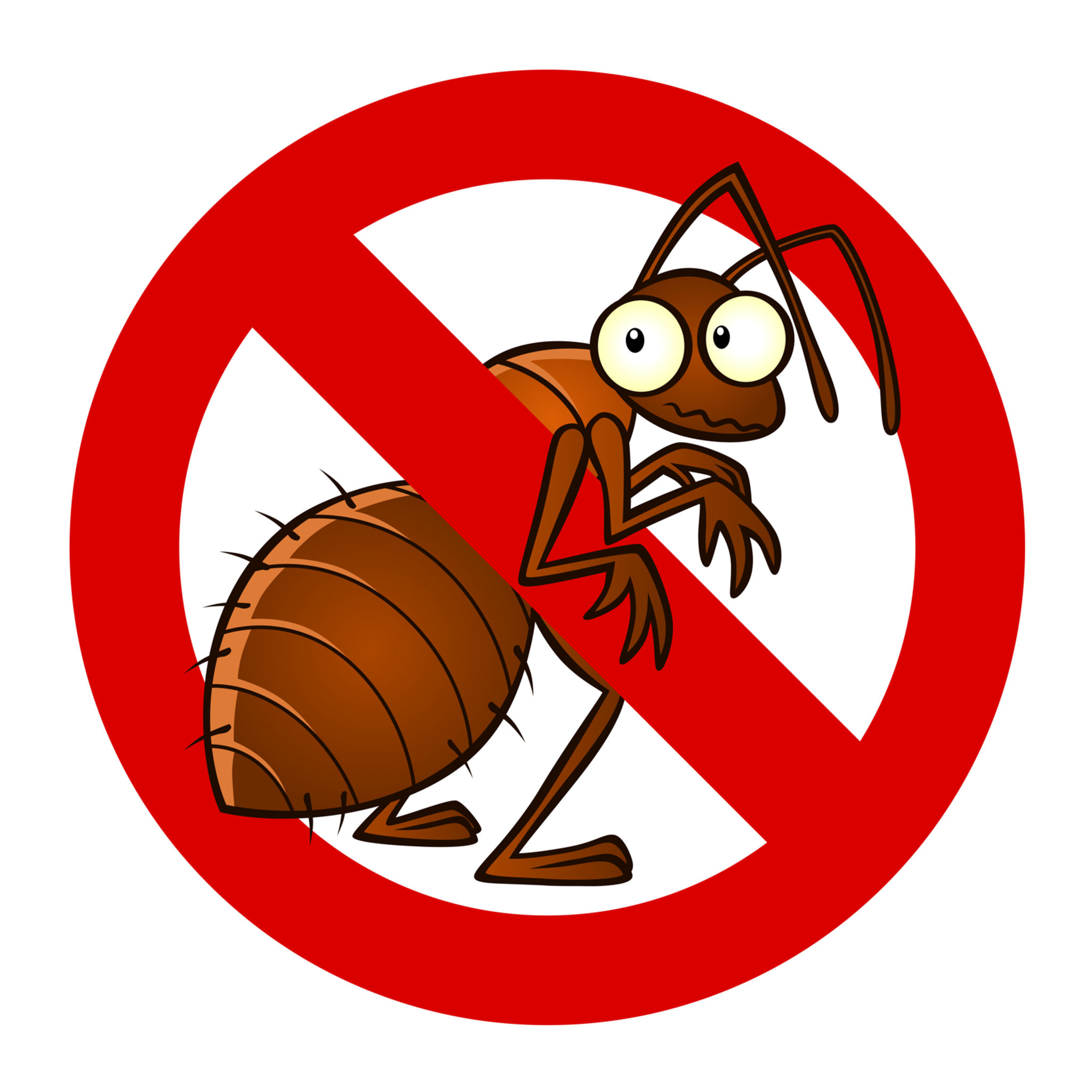Trusted A1 Exterminator Charlotte NC - Comprehensive Pest Solutions
Trusted A1 Exterminator Charlotte NC - Comprehensive Pest Solutions
Blog Article
Bed Insect Treatment Breakdown: Comparing Chemical Vs. Non-Chemical Solutions
In the world of pest control, specifically when handling the consistent problem of bed pests, the option between chemical and non-chemical therapy remedies can be a crucial one. Both strategies use distinct benefits and drawbacks, influencing variables such as performance, safety considerations, and overall price. By taking a look at the nuanced information of each technique, a more clear understanding of which course to pursue in dealing with a bed pest invasion can be obtained.
Effectiveness of Chemical Therapies
Chemical therapies for bed bug infestations have actually been extensively recognized for their potent and fast effectiveness in removing these pests. When taking into consideration the efficiency of chemical therapies, it is vital to recognize that they can offer a detailed and fast service to a bed insect issue. Specialist pest control operators typically rely upon pesticides to target bed pests at numerous stages of their life process, consisting of grownups, eggs, and fairies. These chemicals usually function by interfering with the bed bugs' nerve system, leading to paralysis and eventual death.
In addition, chemical treatments have the benefit of offering recurring results, indicating that they can remain to get rid of bed pests also after the initial application. This recurring action is especially advantageous in combating any prospective re-infestations. Furthermore, the rapid action of chemical treatments can bring alleviation to individuals facing serious bed bug invasions, permitting them to restore control of their home promptly.
Safety And Security Interest In Chemical Solutions
One important facet that calls for careful factor to consider when making use of chemical options for bed bug treatment is making certain the safety and security of owners and the atmosphere. While chemical therapies can be efficient in eliminating bed insects, they may position dangers if not handled correctly. Among the main safety and security worry about chemical solutions is the potential injury they can trigger to human health and wellness. Direct exposure to particular chemicals made use of in bed insect therapies can cause breathing issues, skin irritability, or other damaging reactions, particularly in people with pre-existing conditions or level of sensitivities. Furthermore, incorrect application or dose of chemical pesticides can result in hazardous deposits remaining in the treated area, posturing long-lasting wellness risks to passengers.
In addition, the ecological effect of chemical options is another significant factor to consider. Some pesticides used in bed pest treatments might be damaging to beneficial pests, wild animals, and environments if they seep into the soil or water systems. It is necessary to make use of chemical treatments deliberately, adhering to safety and security guidelines, and taking into consideration much less poisonous options to reduce these threats and make certain the safe and reliable monitoring of bed pest infestations.
Benefits of Non-Chemical Methods
Taking into consideration the potential safety and security issues and ecological effect associated with chemical solutions for bed pest treatment, exploring non-chemical approaches navigate to these guys presents an appealing choice with a number of distinct benefits. Non-chemical therapies are eco friendly, as they do not add to air or water contamination, making them a lasting option for insect control.
Furthermore, non-chemical services can be effective in targeting bed pests, consisting of hard-to-reach locations where chemical therapies may not pass through. Techniques such as warm therapy, vacuuming, heavy steam cleaning, and mattress coverings provide thorough obliteration without using dangerous chemicals. Moreover, non-chemical approaches can be much less disruptive, calling for minimal preparation and permitting quicker reentry right into treated locations. Generally, selecting non-chemical bed pest treatment methods not only focuses on safety and environmental protection but also guarantees detailed and efficient pest control.
Limitations of Non-Chemical Treatments

In addition, non-chemical therapies usually call for multiple applications to achieve effective removal. This can be time-consuming and may not always ensure full removal of all bed bugs and their eggs, especially in hard-to-reach or concealed locations.
Moreover, the success of non-chemical treatments greatly depends on correct execution and thoroughness, which can be testing for individuals without specialist knowledge. Poor application of non-chemical techniques may cause incomplete removal, leading to consistent infestations and the requirement for extra treatments.
As a result, while non-chemical therapies have their advantages, it is essential to recognize these constraints and consider them when determining the most effective technique for taking care of bed pest problems.
Cost Comparison: Chemical Vs. Non-Chemical Options
Given the limitations associated with non-chemical treatments, a necessary element to assess in the context of bed pest administration is the cost comparison in between chemical and non-chemical options. In contrast, non-chemical treatments like warmth treatment or vapor can be much more pricey, with expenses varying from $1,000 to $6,000 for a whole home. While the first price termidor termite treatment of chemical therapies might appear lower, multiple therapies may be called for to totally eliminate the infestation, potentially increasing the total price.
Verdict

Taking into consideration the potential safety worries and environmental influence linked with chemical options for bed insect treatment, discovering non-chemical techniques offers a promising choice with several distinctive advantages.Provided the restrictions linked with non-chemical treatments, a vital facet to evaluate in the context of bed pest management is the expense contrast between chemical and non-chemical choices. In comparison, non-chemical therapies like heat therapy or vapor can be much more expensive, with prices ranging from $1,000 to $6,000 for a whole home. While the preliminary expense of chemical treatments may seem lower, several treatments might be needed to totally eliminate the invasion, possibly enhancing the overall expense.In final thought, when comparing chemical and non-chemical bed pest therapy alternatives, it is essential to consider performance, safety, benefits, limitations, and expense.
Report this page